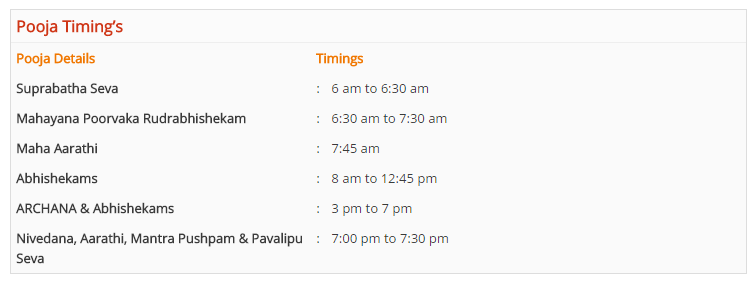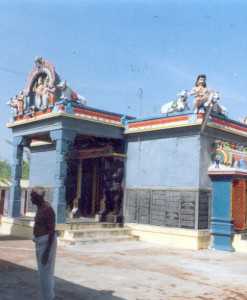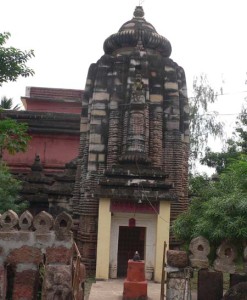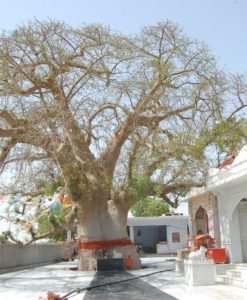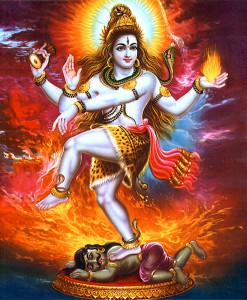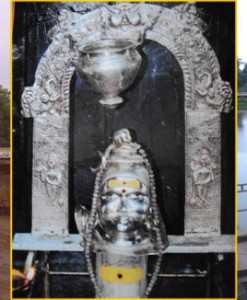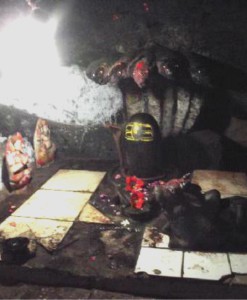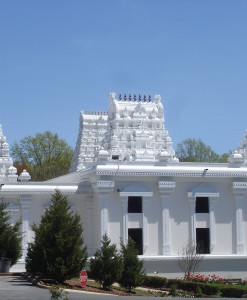No products in the cart.
Keesaragutta Temple is a Hindu temple dedicated to Lord Siva and his consorts Bhavani and Sivadurga at Keesaragutta in Rangareddy district. It is about 40 km from Hyderabad and 10 km from ECIL. It is located on a small hillock. The temple draws thousands of devotees on Shivaratri.
Lord Ramalingeswara in the sanctum sanctorum graces in a Linga form of a small size. Lord Sri Rama had worshipped this Swayambumurthi. The temple also has shrines separately for Lord Lakshmi Narasimha and Lord Rama with Mother Sita. This is Shiva-Vishnu temple and ensures all benefits to the devotees. The temple was built by Akkanna and Madhanna who were ministers during the Nawab rule. All Shiva related festivals are grandly celebrated in the temple. Lord Ramalingeswara is the hope of His devotees.
Keesaragutta Temple;
The history of Keesara goes back to early Christian era. In fact it is the oldest inhabited place of Hyderabad city. The history of Hyderabad starts from the history of Keesara. Keesara was once the capital city of Vishnukundins dynasty. The ruins of old fort can be seen on the hill the name literally translates to “The temple of a core lingams situated on the hillock of Lord Hanuman”.
Legend has it that Sri Rama installed the Siva lingam here to atone for the sin of killing Ravana, a Brahman. He selected this beautiful valley surrounded by hills and verdant greenery for the purpose and ordered Hanuman to bring a Sivlingam from Varanasi. Hanuman was late in arriving with the Siva lingam and as the auspicious hour was nearing, Lord Siva himself appeared before Sri Rama and presented a Sivilingam for installation. Hence the lingam in the temple is called Swayambhu Linga. It is also called Ramalingeswara as Lord Sri Rama had installed the lingam.
Hanuman returned with 101 lingams for selection from Varanasi and felt aggrieved at not having his lingam installed. Hence he threw them all over the area. Even to this day several lingams are found scattered all over the place outside the temple.
To mollify Hanuman, Sri Rama ordained that precedence would be given to him for worship at the temple. He also said that the hillock where the lingam was installed would bear his name kesarigiri i.e, Hanuman, the son of Kesari. Over a period of time, it has become corrupted and is now known as Keesara and the hill as Keesaragutta. Ever since, the rituals follow the command of Sri Rama.
The popular temple of Shiva and lingas, Keesaragutta Temple is located here. There is also Laxmi Narasimha Temple built during the time of Qutub Shahi period. There is Sri Ramalingeshwara temple here on a hillock and the Veda Pathasala run by Tirumala Tirupati Devasthanams.
By Road: Keesara is about 35 kms from Hyderabad. It has proper roads and driving direction is pretty easier. Andhra Pradesh state run APSRTS offers bus services from Jubilee Bus Station, Secunderabad and Imliban bus station and Koti.
By Rail: The nearest Railway Station to the temple is Secunderabad railway station.
By Air: The Temple can be reached through nearest Rajiv Gandhi International Airport which is well connected with regular domestic flights to Delhi, Mumbai.
This temple Opening & Closing times is 6.00 AM and 7.30 PM. During this period major part of the Lord Shiva rituals are performed. Archana, Aarti and Abhisekham are the daily pujas performed.
Exploration and Excavations were conducted by the archaeological department in the surroundings of Keesaragutta Temple. Many Remnants of Brick structures and Shiva Lingas were found on the Hill north of the temple and a slopy Hillock near the water resource. The remnants belonged to Chalukyan Empire reign. Fortification walls, Yaga shala and Prayer hall’s were excavated here. Some Vestige remnants and rock cut cisterns were found on the hills as an indication of Jainism and Buddhism Flourished contemporarily. On October 18, 2014, twelve idols of Jain Tirthankara dating back to the 4th-5th century were found near the temple steps at a depth of one foot which proves that Jainism co-existed along with Hinduism at Keesaragutta during the time of Vishnukundins in 4-5th century.



